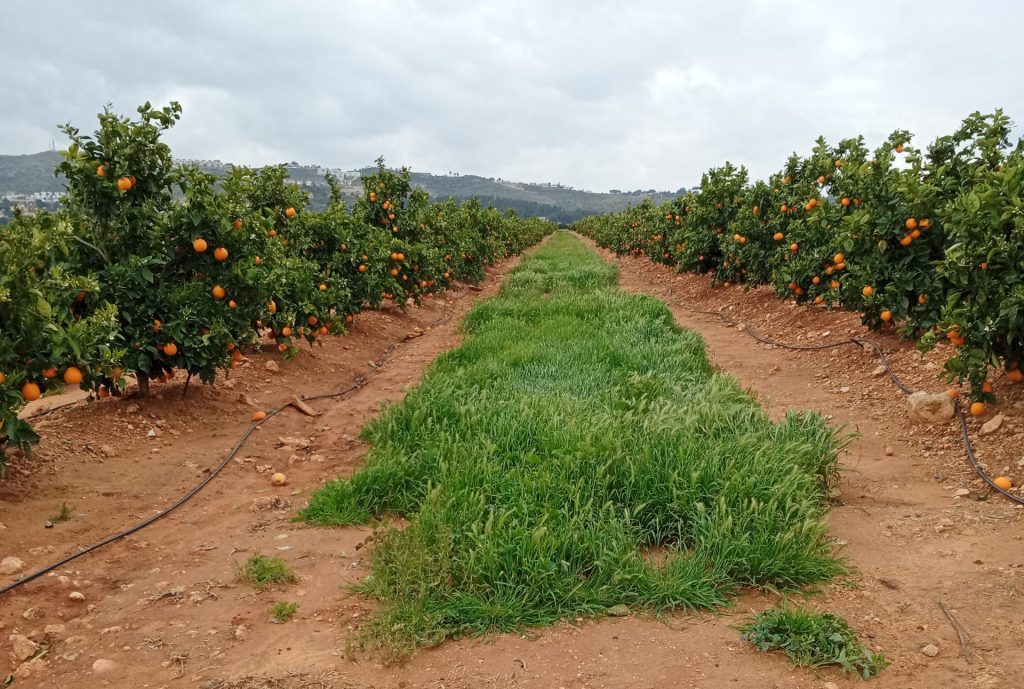Helena Ripley, PhD Student, Lancaster Environment Centre
h.ripley1@lancaster.ac.uk
I know the Jurassic Coast in Dorset and Devon well, an incredible landscape that fostered my interest in the environment from a young age. This part of the world introduced me to my first scientific hero, Mary Anning, and gave me a context from which to understand the cycles of the natural world. The Jurassic Coast is famous for its fossils: ammonites, belemnites, and ichthyosaurs (though I’ve never found one of those). These fossils are revealed through the erosion of the cliffs, which were once sediment at the bottom of a shallow sea. This is a fast-eroding coastline, every time I visit it looks different due to landslides. There are multiple warnings about landslides and staying safe while on the beaches and cliffs, plus constant reinforcement of the coast around towns and villages. Walking under Golden Cap when I was about 10, some stones coming loose, and I was very aware that if there was a rockfall I couldn’t out run it. Erosion is scary.
Erosion is no less scary in an agricultural setting. Soil is a valuable and fragile resource, globally it develops at a rate of around 2.5 cm per 1000 years. But the rate of soil formation varies in different locations, and in many areas more soil is eroded than is produced. For instance, in Mediterranean hillside orchards, my research focus, erosion is a huge issue affecting the production of olives, oranges, grapes, almonds, lemons and many more crops. Staples of the Mediterranean diet. The semi-arid climate means that there are long dry spells when the soil dries out, leaving it vulnerable when the heavy rain comes. The slopes of the hills encourage erosion, as any water that doesn’t infiltrate into the soil starts running over the surface, collecting loose soil, and forming gullies. Plant cover helps to reduce erosion, preventing the impact of raindrops on the soil surface (they break up aggregates, enabling soil to wash away), and allowing the water to pool, deposit sediment and soak into the soil. However, it is a common practice for hillside farmers to remove any vegetation from between their trees due to concerns about competition for water and nutrients. This increases the risk of erosion.
During my PhD I have been identifying and analysing fast growing plants, native to the Mediterranean, that could be planted in orchards for short periods of time. The autumn and winter are when most of the heavy rains hit, so this is when most of the soil erosion happens. Growing plant cover for these seasons and letting it die off in the spring before the hot, dry summer, enables more farmers to consider using plants to control soil loss. Without sustainable management practices, like the use of plant cover, soil erosion will continue, with impacts on crop yield and quality. Furthermore, the soil washed from the fields ends up in water courses, causing pollution. Thankfully, due to increased awareness and policy changes, more farmers are using plant cover to prevent erosion.
Recipe: Chocolate and orange biscotti
It’s coming up to Christmas – citrus time, when the orange farmers are rushed of their feet. But we get to enjoy the benefits (chocolate oranges, satsumas in stockings and a vitamin C boost). This recipe is a great winter treat to dunk in coffee (it was my Christmas Day breakfast last year). Enjoy!
Adapted from https://www.bbcgoodfood.com/recipes/easy-biscotti
Ingredients (serves 6-8)
300 g plain flour
100 g caster sugar
50 g soft brown sugar
1 ½ tsp baking powder
1 tsp cinnamon
80 ml vegetable oil
1 large egg
1 orange zested
50 g chopped almonds
50 g dark chocolate chips
Method
- Heat oven to 180 oC/ 160 oC fan/ gas mark 4. Line a baking tray with baking parchment. Mix the flour, caster sugar, baking powder and cinnamon in a large bowl. Add the orange zest, chopped almonds and chocolate.
- In another bowl, mix the oil, egg and 3 tbsp hot water. Add the wet ingredients to the dry ingredients, mixing well until it forms a dough. Knead the dough lightly and add some more water if it is too dry. Divide the dough into two logs of 25 x 8 cm. Put the logs on the baking tray into the pre-heated oven for 25-30 mins. Remove from the oven and let cool on the tray for 15 mins.
- With a sharp knife, cut the cooled logs into 1 – 2 cm thick slices and lie flat on the baking tray (or two if needed). Return to the oven for 10 mins, turn the biscotti over and cook for another 10 mins. Transfer to a wire rack and leave to cool completely. Best served with coffee or hot chocolate.


Great web site you have got here.. It’s hard to find quality writing like yours these days. I truly appreciate individuals like you! Take care!!